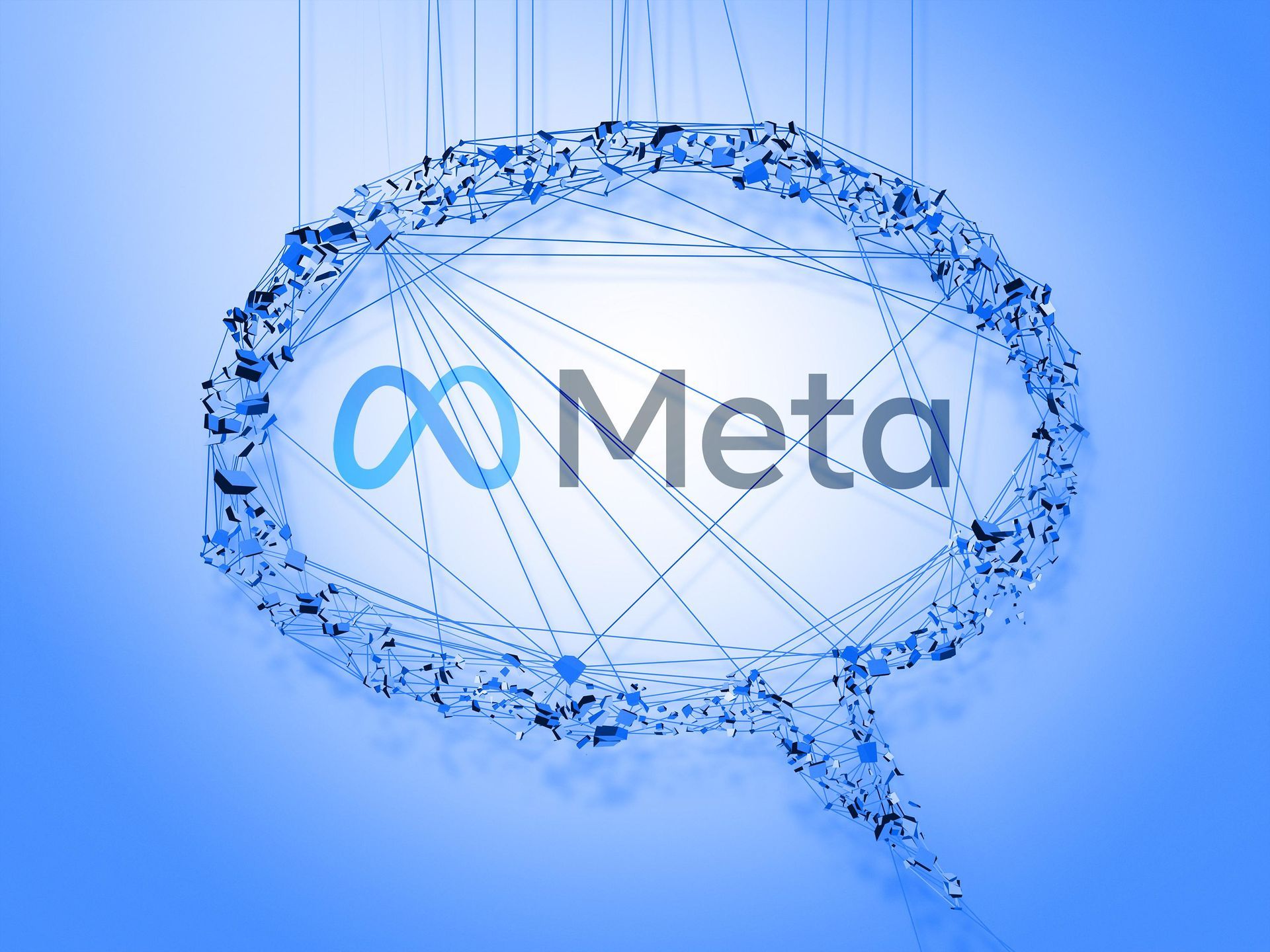In this article, we’re going to talk about the Meta Llama Model, a revolutionary new technology that’s set to change the world of AI forever.
This cutting-edge technology is a type of neural network that’s designed to process multiple types of data simultaneously. That means it can handle everything from text to images to audio and more, all at the same time. And the results are truly impressive.
With the Meta Llama Model, researchers and developers can now tackle complex problems that were previously thought to be unsolvable. They can analyze vast amounts of data and extract meaningful insights that were previously hidden. And they can do it all in a fraction of the time it would have taken with traditional methods.

But the Meta Llama Model isn’t just about efficiency and speed. It’s also about unlocking new possibilities and pushing the boundaries of what we thought was possible with AI. From healthcare to finance to education and beyond, the potential applications of this technology are truly limitless.
What is the Meta Llama Model?
What makes Meta Llama Model so unique? Well, This cutting-edge technology is a type of neural network architecture that has been specifically designed to tackle some of the most complex problems in the world of AI.
One of the things that sets the Llama Model apart from other neural networks is its ability to process multiple modalities of data simultaneously. In other words, it can handle a wide range of different types of data, from text to images to audio and more, all at the same time.
This is a huge advantage when it comes to solving complex problems, as it allows the Meta Llama Model to take a more holistic approach to analyze data. By looking at multiple types of data at once, the Llama Model is able to identify patterns and insights that would be difficult or even impossible to spot with traditional methods.
But what exactly is a neural network, and how does it work? Essentially, a neural network is a type of machine learning algorithm that’s modeled after the structure of the human brain. It consists of interconnected nodes, or neurons, that are designed to process and transmit information.

When data is inputted into a neural network, it’s processed through multiple layers of neurons. Each layer is designed to identify specific features or patterns within the data, and then pass that information along to the next layer. This process continues until the final layer produces an output, which is the neural network’s prediction or conclusion based on the input data.
So why is the Meta Llama Model such a game-changer in the world of AI? For one thing, its ability to handle multiple types of data simultaneously gives it a huge advantage when it comes to solving complex problems. But that’s not all.
The Llama Model is also highly flexible and adaptable, which means it can be trained to tackle a wide range of different tasks. This makes it an incredibly versatile tool that has the potential to revolutionize many different industries, from healthcare to finance to education and beyond.
How does the Meta Llama Model work?
The Meta Llama Model uses a technique called multi-task learning, which allows it to learn multiple tasks at the same time. This means that it can process different types of data and perform different types of analysis simultaneously. The Llama Model is also highly modular, which means that it can be easily adapted to new tasks and new data types.
One of the most impressive features of the Meta Llama Model is its ability to analyze different types of data simultaneously. For example, it can analyze both images and text at the same time. This makes it a more powerful tool for analyzing complex data sets, as it can find patterns that might not be visible when analyzing only one type of data.
Meta’s description of the Meta Llama model in their blog post is as follows:
“Smaller, more performant models such as LLaMA enable others in the research community who don’t have access to large amounts of infrastructure to study these models, further democratizing access in this important, fast-changing field,”
-Meta
Applications of the Meta Llama Model
The Meta Llama Model has a wide range of applications in various fields. It can be used in healthcare to analyze medical images, in finance to analyze market trends, and in natural language processing to analyze text data. The Llama Model’s ability to process multiple modalities of data simultaneously makes it a versatile tool for solving complex problems in any field.

One of the most promising applications of the Meta Llama Model is in the field of autonomous vehicles. Autonomous vehicles require sophisticated AI systems that can analyze large amounts of data in real time. The Meta Llama Model’s ability to process multiple modalities of data simultaneously makes it a powerful tool for building autonomous vehicles that can safely navigate roads and make decisions in real time.
Another promising application of the Meta Llama Model is in the field of robotics. Robots require sophisticated AI systems that can analyze different types of data and make decisions based on that data. The Llama Model’s ability to process multiple modalities of data simultaneously makes it a powerful tool for building robots that can perform complex tasks in various environments.
Conclusion
In conclusion, the Meta Llama Model is an incredible breakthrough in AI technology. Its ability to process multiple modalities of data simultaneously and its modular design make it a powerful tool for solving even the most complex and challenging problems in AI.
The Meta Llama Model’s versatility means that it has a wide range of applications in various fields, including healthcare, finance, natural language processing, autonomous vehicles, and robotics. It is clear that the Meta Llama Model is the future of AI, and we can’t wait to see what amazing breakthroughs it will bring in the years to come. Let’s see if Meta can topple OpenAI’s ChatGPT.




